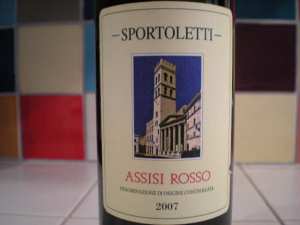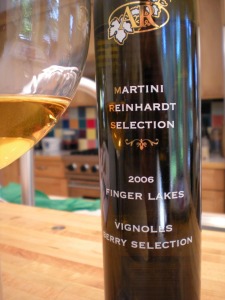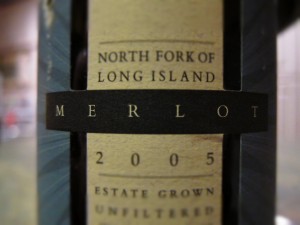 I was at a friend’s house for dinner, she pulled out a bottle of wine her husband keeps for every day. Lo and behold, it was local and it was from our last good red wine vintage (if you didn’t pick to early or were growing something that happened reach peak ripeness around the second week in October) that’s already in bottle. 2005 made some awesome red for those who picked after the colossal rain around Columbus Day weekend. It was so hot and dry all summer long, that the rain really was Nature throwing a curve ball. (Unlike this year, when all we’ve got is curve balls.)
I was at a friend’s house for dinner, she pulled out a bottle of wine her husband keeps for every day. Lo and behold, it was local and it was from our last good red wine vintage (if you didn’t pick to early or were growing something that happened reach peak ripeness around the second week in October) that’s already in bottle. 2005 made some awesome red for those who picked after the colossal rain around Columbus Day weekend. It was so hot and dry all summer long, that the rain really was Nature throwing a curve ball. (Unlike this year, when all we’ve got is curve balls.)
Anywho, about the Pellegrini 2005 Estate Merlot. They say on the label that it’s unfiltered and is 13 percent abv. Russell Hearn was definitely on the job then in the cellar. The wine is opaque, ruby red with black inflections and a thin pink rim, a nice bright color for a six-year-old wine. It has a lightly intense fruity smell, which I wish I could another way to describe, but it smells like those raspberry, blackberry candies that have small candy balls covering them so they look like fruit.
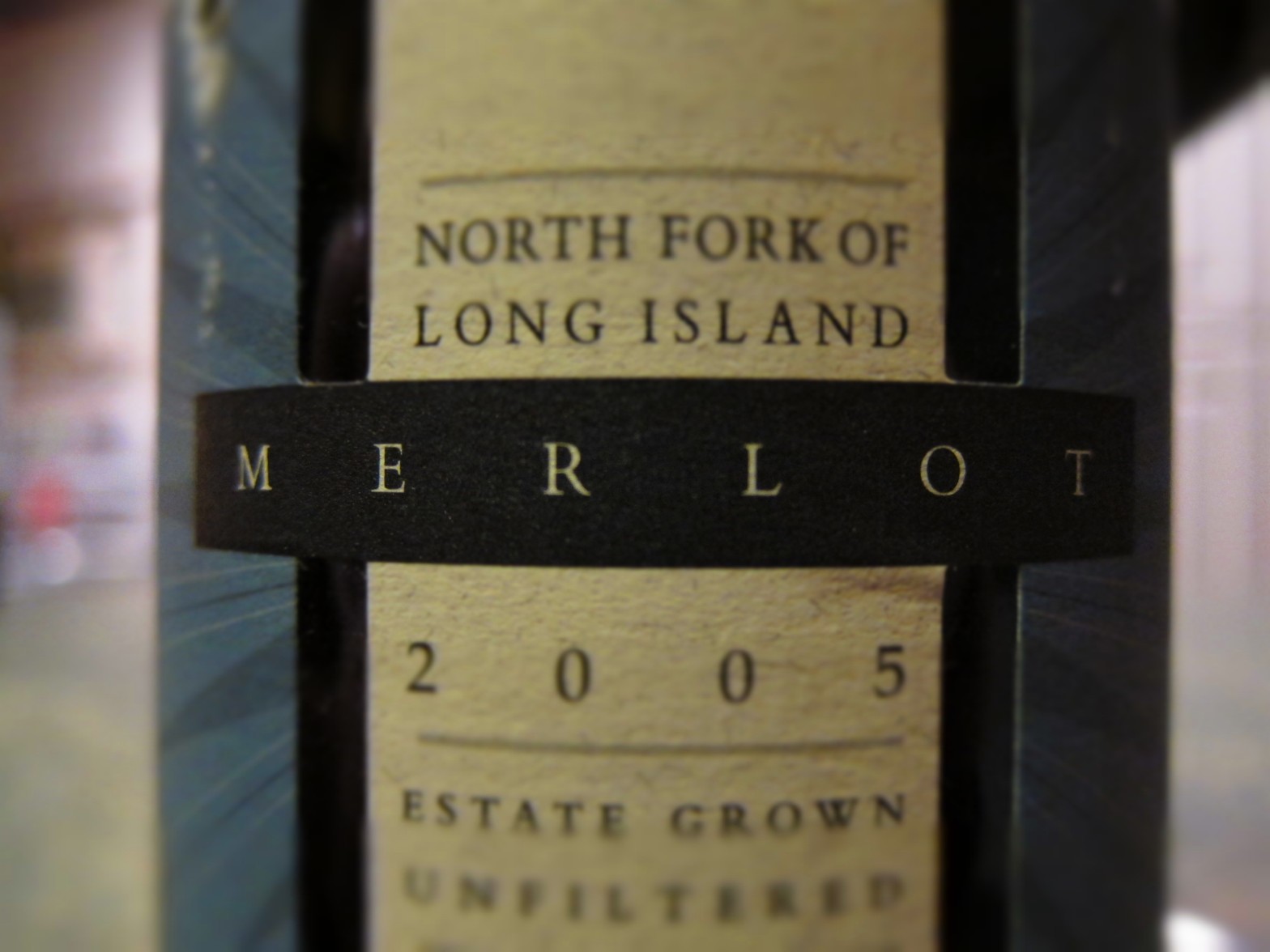
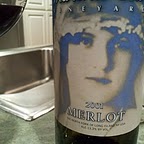

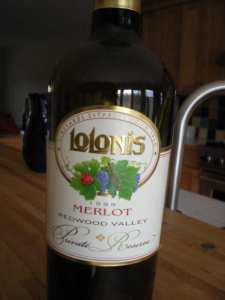 One of my first introductions to wine was when I work at An American Place restaurant, a good 20 years ago. (Yee god.) The place was one of the first to focus on local food, in a macro sense. It only served ingredients and wine from American. The only exception was the fancy sugar cubes imported from France.
One of my first introductions to wine was when I work at An American Place restaurant, a good 20 years ago. (Yee god.) The place was one of the first to focus on local food, in a macro sense. It only served ingredients and wine from American. The only exception was the fancy sugar cubes imported from France.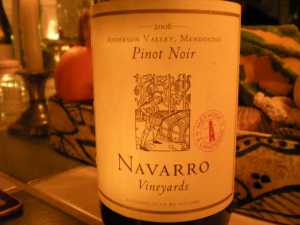
 I tasted a bottle of the 2005 Clos des Blanchais Menetou-Salon from
I tasted a bottle of the 2005 Clos des Blanchais Menetou-Salon from  I took a sip of this, knowing nothing about — except it’s Italian — and I immediately thought it was from the northeast and had refosco in it. Wrong.
I took a sip of this, knowing nothing about — except it’s Italian — and I immediately thought it was from the northeast and had refosco in it. Wrong. I’m conflicted about this wine, everytime I take a sip I think “It’s not that good,” but then I want another. It’s not complex but earthy enough to be pleasing. The tannins are light but rough, which makes me think it could benefit from some time in the cellar, but then the acid is creeps back and I think it will just age, not evolve.
I’m conflicted about this wine, everytime I take a sip I think “It’s not that good,” but then I want another. It’s not complex but earthy enough to be pleasing. The tannins are light but rough, which makes me think it could benefit from some time in the cellar, but then the acid is creeps back and I think it will just age, not evolve.